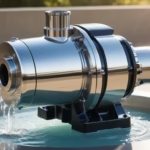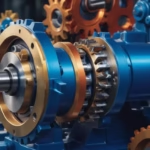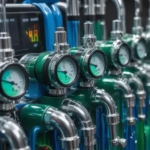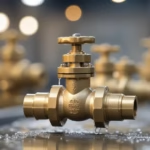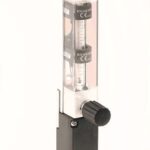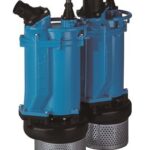The comprehensive guide to predicting pump lifespan
Understanding the variables influencing pump longevity is essential for optimizing their performance and lifespan. Key factors such as operational conditions,…
The ultimate guide to pump reliability
Pump reliability is essential for efficient operations, significantly influenced by design quality, operational practices, and environmental factors. Effective monitoring systems…
The beginner’s guide to understanding pump hydraulics
Mastering pump hydraulics centers on the interrelated principles that govern fluid movement and pump performance. Key concepts include flow rate,…
The expert guide to pump efficiencies in chemical plants
Efficient pump operation is pivotal in chemical plants, directly impacting energy savings and performance optimization. Various factors influence pump efficiency,…
The advanced guide to specialized pump applications
Specialized pumps are essential in various industries, designed to meet unique demands that standard pumps can't handle. They cater to…
The definitive guide to troubleshooting centrifugal pumps
Centrifugal pumps are essential for fluid movement in industrial applications, converting rotational energy into hydrodynamic energy. Key components like the…
The essential guide to pump bearings
Pump bearings are vital components that significantly influence the performance and durability of pumping systems. With various types—including sleeve, ball,…
The ultimate guide to vibration analysis for pumps
Vibration analysis stands as a vital method in assessing pump health, revealing insights that can prevent costly failures. By interpreting…
The insider’s guide to pump energy efficiency
Maximizing pump energy efficiency is essential for reducing operational costs and promoting sustainability in various industries. Key factors influencing efficiency…
